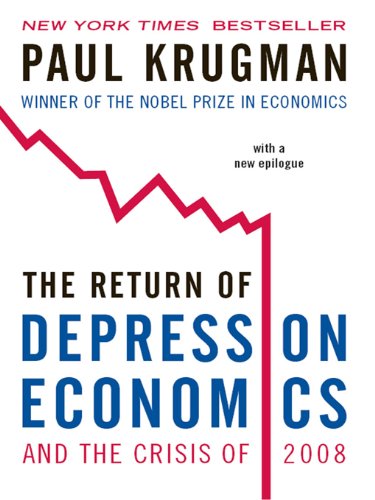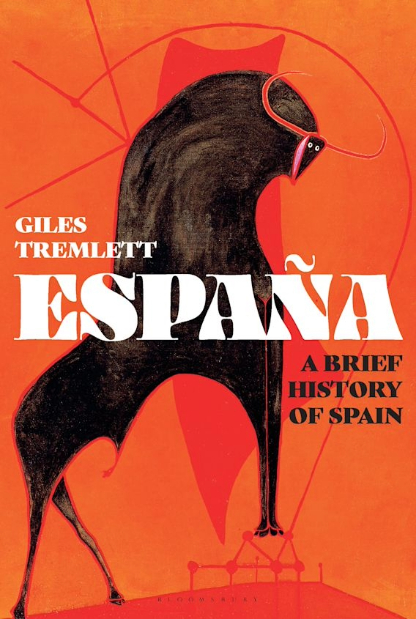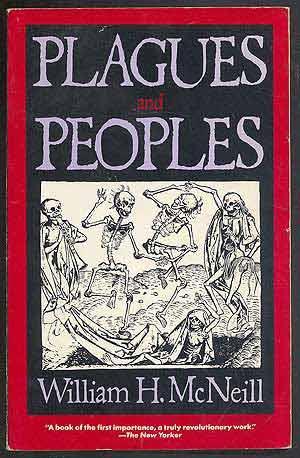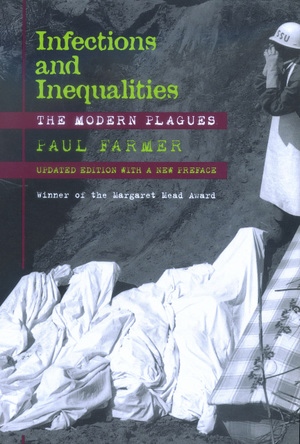The Cuban Drumbeat, Piero Gleijeses, Seagull Books, 2009, 96pp. , $34.47 hardcover, ISBN 9781906497378
Gleijeses’ “The Cuban Drumbeat” is the second installment in Seagull’s series “What is Communism?”, edited by Tariq Ali with the aim of analyzing “what went wrong?” in the practice of 20th-century communism. The pamphlet could be read as a summary of Gleijeses’ life’s work, as a concise re-telling of the story told in “Conflicting Missions: Havana, Washington, and Africa, 1959 – 1976”, “Shattered Hope: The Guatemalan Revolution and the United States, 1944 – 1954” and “Tilting at Windmills: Reagan in Central America”. As a specialist of Cuba’s foreign policy, Gleijeses offers a clear overview of Cuba’s involvement in Africa, at a time when the only other countries venturing outside of its borders were the United States, Soviet Union and a handful of Western European States. Gleijeses presents Cuba’s internationalism as a fight against the scourge of imperialism, racism, and irredentism. He does not conceal his appreciation of Cuba’s actions.
Gleijeses sees the success of Cuban internationalism as lying in the fact that the country was backed by the Soviet Union, yet, the relationship was not that of clientelism. In the Cuban-Soviet dynamic, it was Cuba that took the initiative, often without informing and at the behest of the Soviet Union. Indeed, as Raul Castro once remarked: “if they gave us any advice, we’d say that they were interfering in our internal affairs, but we didn’t hesitate to express our opinions about their internal affairs” (p.14). It is the type of relationship Gleijeses compares to the present day US-Israel ties.
Initial revolutionary enthusiasm Castro’s Cuba spread across Latin America was checked by the US in the 1960s. Aid that Cuba was able to afford to other countries was circumscribed by US heavy-handedness in the region. Gleijeses asserts that there were fewer than 40 Cubans who fought in Latin America in the 1960s. In Africa, Cuba inserted itself in a vacuum left by decaying colonialism on a continent nearly forgotten by imperial powers. Its involvement began when a Cuban ship, Bahia de Nipe, docked at Algerian coast and brought weapons to Algerian rebels fighting France, and returned with war orphans. The dual purpose of Cuban internationalism was clear from the beginning: military assistance and humanitarian aid. In 1966, Cuba sent military instructors and doctors to Guinea-Bissau, where they stayed until 1974. Then, they moved to Angola in 1975 where the instructors trained Agostino Neto’s MPLA even before the South African troops invaded and transformed the conflict into an international one. While fighting for Angola, against the apartheid and irredentist South Africa, “Cubans rarely surrendered and, quite simply, fought cheerfully until death” (p.27). South Africa was defeated and withdrew. Angola was an example of Castro’s revolutionary commitment to fight against oppression and injustice, that at times went contrary to Moscow’s wishes and calculus. An island nation, faced with unprecedented covert military and over the economic war against the United States, stretched itself thin, risking its domestic front, in her desire to help the downtrodden. Castro viewed his commitment as “the most beautiful cause” (p.30). Indeed it was, the Black troops defeated White troops.
Then came Ethiopia and the fight against Somalia for the region of Ogaden, for which Cuba committed 12,000 soldiers. At the same time, Reagan included Cuba in his list of terrorist states. Cuba was clearly a bone in the throat of the US foreign policy. Nowhere was that more evident than in the South African onslaught on Angola and the infamous battle of Cuito Cuinavale. While the US joined in the condemnation, the Assistant Secretary of State for Africa at the time, Chester Crocker privately informed the South African Ambassador of the US support for the action. Despite that, the Cuban army broke the back of the South African army, and advanced towards Namibia, pushing back the White troops. In 1988, the New York Agreement gave Namibia its independence, but not before Cuban diplomats outclassed their US counterparts.
Cuban internationalism was the product of the country leadership’s undying commitment to an ethical foreign policy, represented by its military assistance, coupled with humanitarian assistance. In that regard, it was and remains unique in the world riven by great power politics. Cuban doctors have been to places hit by natural disasters, such as the post-2005 Kashmir earthquake, Ebola-struck Africa and elsewhere. Moreover, students from all over the world flock to Cuba to attend her universities and institutes.
A country under embargo, in the backyard of the strongest military in the world, Cuba punched above its weight in the ring where up until then, only the heavy weights fought. It punched and it won. As Mandela summed: ”What other country can point to a record of greater selflessness than Cuba had displayed in its relations to Africa?” (p.73).




